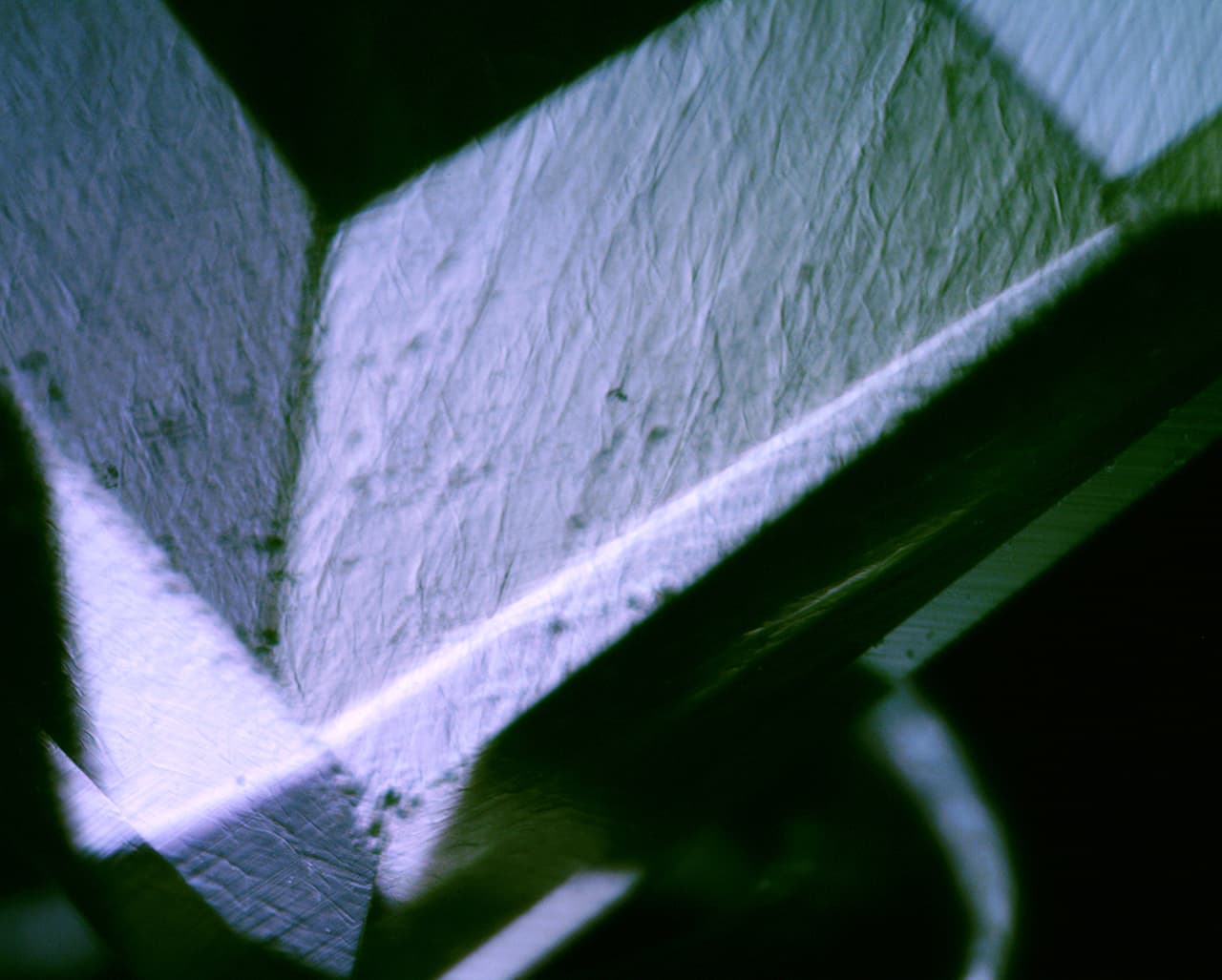Synthetic Aquamarines
Synthetic aquamarines are relatively rare, but gemologists may encounter them. Learn how these stones are made and how to distinguish them from mined gems.
3 Minute Read
Synthetic Beryls
Several manufacturers create synthetic beryls in all their various colors. These include emeralds (green), morganites (pink), bixbites (red), and aquamarines (blue to blue-green). However, only two manufacturers — Tairus and Malossi — grow synthetic aquamarines regularly.
The Hydrothermal Growth Technique
Synthetic aquamarine is created using a hydrothermal growth technique. This process mimics the underground conditions where these gems form naturally.
The gems are grown in a sealed, pressure-resistant container called a crucible. The inner walls of the crucible are coated with platinum or gold. Next, the manufacturers fill the crucible with pure water and the chemicals required for aquamarine formation (mainly, beryllium oxide, aluminum oxide, and silica, with a small amount of iron and other elements). A natural, colorless beryl (or a synthetic crystal from a previous growth) is then immersed in the solution. This will act as the seed for the aquamarine’s growth.
An electrical charge is used to gradually heat the strongly sealed crucible. As a result, the high heat (approximately 700 to 1,100° F/371 to 593° C) creates extreme pressure (55 to 70 Bar) inside the container. At this point, the molecules of the chemical ingredients break down into their atomic components and dissolve…
International Gem Society
Related Articles
Aquamarine Value, Price, and Jewelry Information
Aquamarine Setting Advice
Aquamarine Grading and Pricing
A Visitor’s Guide to Colorado Gemstones
Never Stop Learning
When you join the IGS community, you get trusted diamond & gemstone information when you need it.
Get Gemology Insights
Get started with the International Gem Society’s free guide to gemstone identification. Join our weekly newsletter & get a free copy of the Gem ID Checklist!
